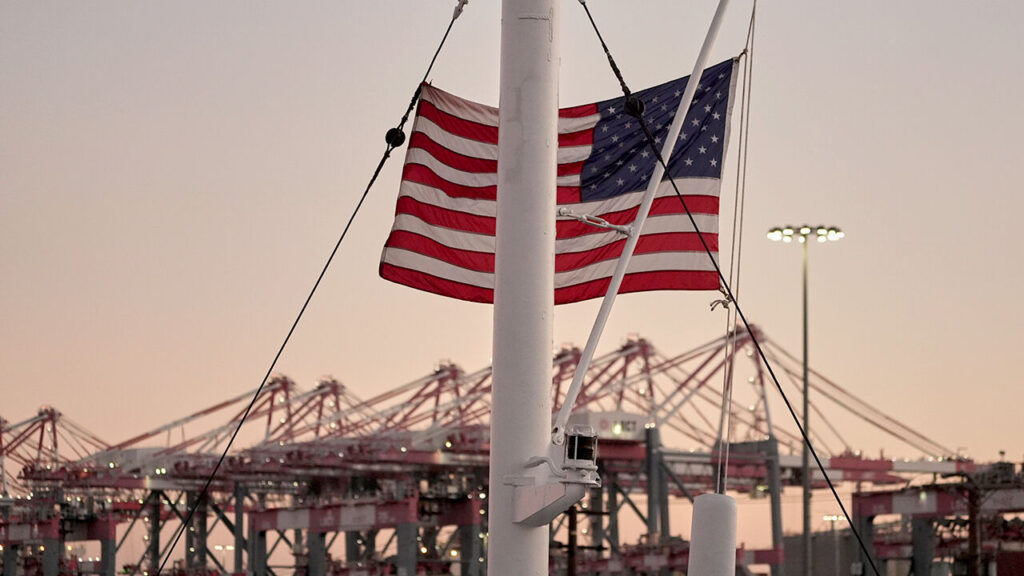On April 2nd, President Donald Trump took to the White House lawn to announce what he termed “Liberation Day” tariffs. This unexpected declaration sent shockwaves through the financial markets, igniting a frenzy that rattled both Wall Street and international trade networks. The proposed “reciprocal” tariffs were meant to address perceived imbalances in trade but instead raised alarms about the potential for full-blown trade wars. Analysts and economists alike worried that these tariffs could destabilize not only the American economy but also the global financial landscape. Trade partners worldwide braced for the impact and contemplated how to respond to the sudden upheaval.
In a swift turn of events, President Trump acted on April 9th, scaling back these taxes to a more moderate 10% for the majority of countries. This revision, especially concerning the tariffs imposed on China, which were revisited and adjusted a month later, seemed to herald a period of relief for nervous markets. Following these adjustments, a sense of optimism gradually seeped back into financial circles. Investors, once skittish and cautious, began to regain their confidence, leading to a recovery in stock markets that had initially plummeted in response to the proposed levies. The pervasive uncertainty that had gripped many sectors began to dissipate, allowing businesses and consumers alike to cautiously resume their usual activities in the economy.
However, while the markets restored themselves and international stakeholders began to lower their guard, President Trump’s fascination with trade policies persisted. Unlike others who shifted focus to other pressing national issues, Trump’s attention remained unwaveringly fixed on the trade landscape. He continued to articulate a firm stance about America’s position in global trade relations, insisting on reassessing trade agreements and seeking what he considered fairer terms for American industries. This unwavering focus on tariffs and trade negotiations revealed a deeper commitment to his administration’s broader economic strategy, which aimed to prioritize American jobs and industries over traditional globalist policies.
As the initial panic subsided, a new chapter in U.S. trade relations unfolded, marked by ongoing negotiations with various countries about their trade practices and tariff agreements. From Canada to Mexico, discussions around trade were revisited, as a collective aim to improve American economic interests took precedence. In this landscape, Trump remained a polarizing figure, with his ardent supporters praising him for standing up to perceived unfair practices while critics warned of the potential fallout from a confrontational approach to international trade.
The broader implications of Trump’s trade policies continued to influence the economic discourse in the United States, fueling debates among economists, policymakers, and average citizens. Some argued that a tough stance on trade could lead to better conditions for American workers, while others cautioned against the negative consequences, including retaliation and disruption of established supply chains. The uncertainties about the long-term effects of these tariffs lingered, with industries such as agriculture and manufacturing keenly aware of their vulnerability in the face of global competition.
As time went on, this episode revealed much about the complexities of modern trade dynamics and the delicate balance between national interests and global cooperation. Following the initial tumult surrounding the “Liberation Day” tariffs, the world economy began to advance, albeit cautiously, through a maze of new policies and negotiations. Ultimately, the world watched as President Trump navigated his agenda, demonstrating a resolute commitment to reshaping American involvement in international commerce. Whether through further tariff adjustments or trade agreements, Trump kept the conversation alive about America’s role in the global marketplace, illustrating the enduring significance of international trade relations in policy discussions.









